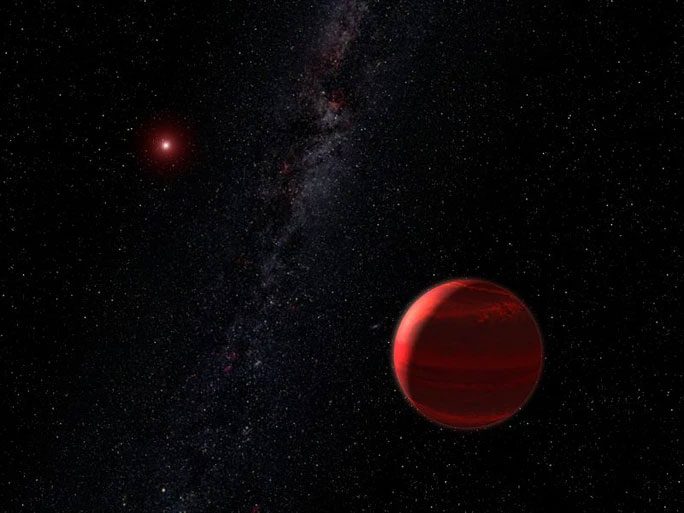A new study from France and the United States has revealed a type of “rogue” object that has recently been identified as potentially dangerous to Earth.
Using our Solar System as an example, researchers from the University of Bordeaux (France) and the Planetary Science Institute (USA) highlighted the threat posed by “rogue stars” to us and other star systems in the Milky Way galaxy.
Typically, stars are firmly anchored within their galaxies, often possessing multiple planets and leading a “stable” life similar to that of our Sun.

Graphic depicting a wandering star in the galaxy – (Image: UNIVERSE TODAY).
However, sometimes something disrupts this connection; for instance, if a star happens to come too close to a supermassive black hole at the center of its galaxy, it can be ejected and become a wandering star, according to Science Alert.
These stars go by many nicknames such as “bad stars,” “intergalactic stars,” “hypervelocity stars”, due to the way they move at extreme speeds.
Recent evidence has shown that these rogue stars are not rare in interstellar space, and quite a few are wandering aimlessly throughout our galaxy.
What would happen to Earth if such a “bad star” came too close?
The impact of a star on a tiny planet like ours is immense, even if it remains tens of astronomical units away.
To investigate, scientists conducted numerous simulations on how a rogue star could affect the Solar System if it passed within 100 AU (astronomical units, where 1 AU is the distance from the Sun to Earth).
The results showed that at this distance, it would definitely influence the orbits of the planets.
The good news is that most of the 12,000 simulations indicated that the Solar System would not lose any planets, although it remains uncertain whether the orbital effects would impact the state of the planets—including the potential for life.
However, there are still 8 dangerous scenarios that could occur, some with probabilities reaching several percent.
Mercury would be at the highest risk due to a direct collision with the Sun.
Other unfavorable scenarios include: Earth colliding with Venus, Uranus and Neptune being ejected, six planets besides Earth and Jupiter being thrown out, with only Jupiter “surviving,” or even worse, the Sun losing all 8 planets.
The impact could be so powerful that some planets might be pushed into the Oort Cloud, a vast region of icy comets and asteroids at the edge of the Solar System.
There is about a 1% chance of a rogue star coming close enough to be dangerous within the next billion years, indicating that we are relatively safe from this mysterious type of object.
One billion years is also the estimated time frame during which researchers predict Earth will remain habitable before the aging Sun becomes too bright, rendering surface conditions unsuitable for life.


















































